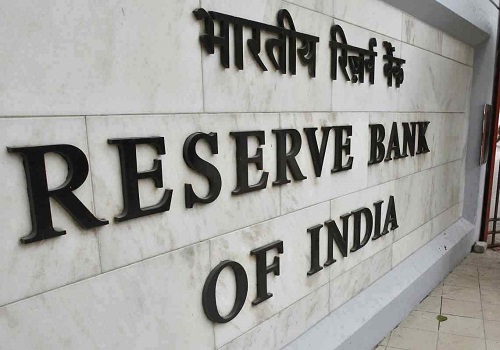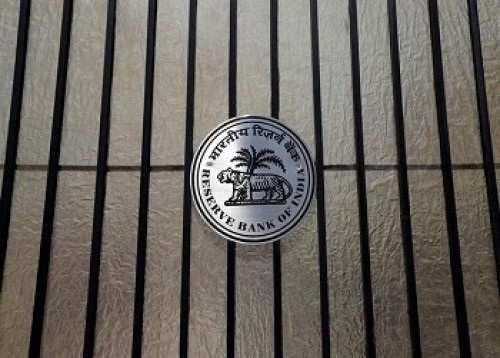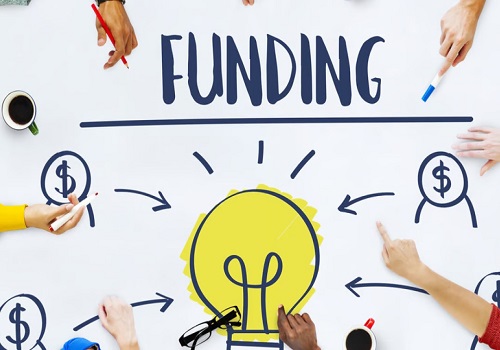Takeaways pertaining to the Banking sector By Mr. Shivaji Thapliyal, YES SECURITIES

Follow us Now on Telegram ! Get daily 10 - 12 important updates on Business, Finance and Investment. Join our Telegram Channel
Below are View on Monetary Policy By Mr. Shivaji Thapliyal, YES SECURITIES
Individual housing loan risk weights
Risk weights of individual housing loans were rationalized in October 2020 by linking them only to LTV for all incremental loans sanctioned upto 31st March 2022.
It has been decided to extend these guidelines to 31st March 2023.
This will facilitate credit flow for individual housing loans.
Our comment: This is positive for the individual housing loan business of lenders.
SLR holdings in HTM
The present limit under HTM category stands enhanced from 22% to 23% of NDTL till 31st March 2023.
Eligible SLR securities acquired in FY23 will be allowed to be included in this enhanced limit.
HTM limit would be restored from 23% to 19.5% in a phased manner starting from the quarter ending 30th June 2023.
Our comment: These steps serve to reduce the volatility to the P&L arising out potential MTM changes on the investment portfolio.
Climate Risk and Sustainable Finance
A discussion paper on Climate Risk and Sustainable Finance will be published shortly for feedback.
This is for the better understanding of the impact of climate-related financial risks on Regulated Entities.
Our comment: While we are not privy to the potential content of the said Discussion Paper, we note that Climate Change and Sustainable Finance is topical in the western world, having led to an incipient moderation of credit flow to specific industries, including the Oil & Gas industry.
Committee for Review of Customer Service Standards
A committee would be set up to examine and review the current state of customer service in RBI regulated entities.
Interoperability of cardless cash withdrawal
Presently, the facility of cardless cash withdrawals is limited only to a few banks.
It is proposed to make this available across all banks and ATM networks using UPI.
Apart from enhancing ease of transactions, it would help eliminate fraud.
Our comment: Prima facie, this step seems negative for MDR fee-generating payment form factors. There could be a potential first order impact on debit cards as, on balance, this step would reduce the need to carry debit cards on one’s person. There could be a potential second order impact on other payment form factors such as credit cards and wallets since this step seems to promote the ubiquity of UPI.
Bharat Bill Pay System
In order to promote the entry of non-banks, it is proposed to reduce the networth requirement for Bharat Bill Pay Operating Units from Rs 1bn to Rs 0.25bn.
Payment System Operators
It is proposed to issue guidelines on Cyber Resilience and Payment Security Controls for Payment System Operators.
Policy rates and stance
The Monetary Policy Committee (MPC) voted unanimously to keep the Repo rate unchanged at 4%.
The MPC also voted unanimously to keep the monetary policy stance Accommodative, while focusing on the withdrawal of the Accommodative stance.
The MSF rate and the Bank rate remain unchanged at 4.25%.
Our comment: The fact that the RBI has held policy rates steady in the face of rising inflation shows that it is more concerned with economic growth at this point, which is positive for credit growth, ceteris paribus.
Liquidity Adjustment Facility corridor
The width of the LAF is restored to the pre-pandemic level of 50 bps.
Standing Deposit Facility (SDF)
The SDF would be the floor of the LAF corridor at 3.75%.
The SDF provides symmetry to the LAF corridor, being 25 bps below the Repo rate and the MSF rate being the upper end and 25 bps above the Repo rate.
While the SDF would serve to absorb liquidity, the MSF would inject liquidity.
The access to the SDF and MSF would be at the discretion of the banks as opposed to the Repo and Reverse Repo, which would remain at the discretion of the RBI.
The SDF has the twin objective of liquidity management and financial stability.
Other liquidity aspects and financial market conditions
General comment from RBI
The RBI will manage liquidity through nuanced and nimble-footed actions, while maintaining adequate liquidity
Reverse repo
Variable Rate Reverse Repo (VRRR) auctions will be continued.
The Fixed Rate Reverse Repo (FRRR) rate has been retained at 3.35% and will be conducted at the discretion of the RBI.
Timings of SDF and MSF
The SDF and MSF will be available from 5:30 pm to 11:59 on all days across the year.
Gradual withdrawal of liquidity overhang
The RBI has offered liquidity facilities worth Rs 17.2 trn during the pandemic, of which Rs 11.9 trn got utilised and Rs 5 trn has been returned, leaving a liquidity overhang of Rs 8.5 trn in the system.
The RBI will adopt a gradual multi-year withdrawal of this excess liquidity in a non-disruptive manner.
Our comment: While the RBI takes cognizance of the liquidity overhang, it is mindful of making sure that its withdrawal is very gradual and that the system does not receive any shock due to the same.
Macro-economic backdrop
Factors impacting the economy negatively
The expected positive effects of the ebbing of the Omicron wave of Covid-19 has been offset by geopolitical tensions and the approach needs to be pro-active.
The 2 economies engaged in conflict have a significant share in areas such as oil and natural gas and other segments.
Projections of global inflation have racheted up.
There has been resurgence of Covid-19 cases in some major economies in March.
There has been monetary policy normalization in some advanced economies.
Our comment: These statements by the RBI show that it is more concerned with the negative impact of various factors on economic growth, which explains its dovish policy.
Economic projections
Real GDP growth is projected to be 7.2% for FY23.
Inflation is projected to be 5.7% for FY23.
The assumption for crude oil in these forecasts is USD 100.
Above views are of the author and not of the website kindly read disclaimer










Tag News

Monthly Debt Market Update, September 2023: CareEdge Ratings



More News

Views on RBI Policy impact on MSMEs- FlexiLoans NBFC Backed by Ritesh Jain, Co-Founder of Fl...









